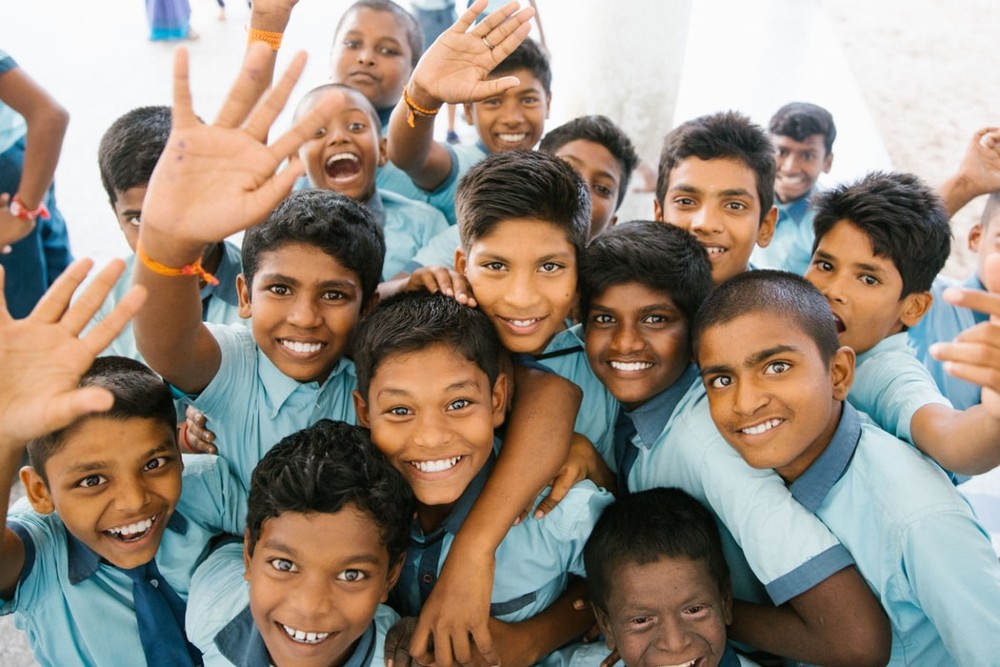The higher education policies between China and India have taken a sharp contrast in the last two decades. The two countries have taken entirely different paths in the implementation of their education systems. This has led to China outpacing India in Higher education.
Both China and India became ‘new’ states about 70 years ago. Both countries pursued and implemented five-year policy plans and had relatively closed economies. Their education system also followed the Soviet model which separated research and teaching. They were also able to cater for 10 percent of their youth population to attain higher education.
Higher education differences
However, as the years went by, the two countries started taking different paths in their education systems. The difference in strategies of their education system has become pronounced in the last two decades, where these nations have achieved different results.
In 2000, the gross enrolment ratio (GER), which is the percentage of youth enrolled in tertiary education, was almost the same, with China having 8 percent and India 10 percent. By 2005 the ratios for both countries had grown by different rates, with China having a GER of 19 percent and India 11 percent.
The gap continued to increase, and by 2010, China had a GER of 24 percent while India had 17 percent. The gap continued to grow over the next five years, with China having a 46 percent GER and India 26 percent.
The difference in the education system has been persistence since the 1980s, where China’s literacy levels were 20 percent higher than India. This has persisted over the years, and the gap between the two nations has been constant.
Although China has outpaced India in higher education, India has been able to implement regionally balanced policies than China. This has reduced disparities between regions that characterize China’s growth. In the last ten years, India has been able to lift over 270 million people out of poverty and also worked to improve infrastructure and sanitation, which highlight India’s current priorities.
Featured image by Unsplash







